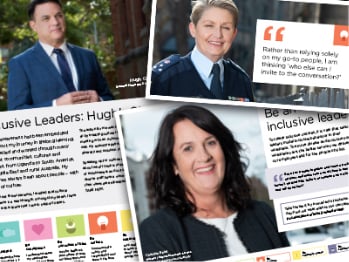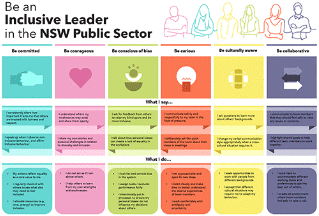Be conscious of bias
Kevin's Story
I know that the traditional view of people working in senior levels in prisons is not one of openness to new ideas, diversity and inclusion. But in custodial corrections we are doing our absolute best to become more inclusive of diversity, and we are committed to making some changes.
This experience challenged me to think differently and prompted me to read more about the biases that occur – particularly in recruitment. I came to recognise the bias in our own middle manager recruitment process. It lacked transparency and there was a lot of dissatisfaction. There was a tendency to put forward ‘friends in the field’ and a lot of people wouldn’t put their hand up for the role. We might have received 30-40 applications - and half wouldn’t even make it to interview.
This experience challenged me to think differently and prompted me to read more about the biases that occur – particularly in recruitment.
To remove biases from selection programs, we’ve just trialled a new, state-wide recruitment process for functional managers. All applications now go into an assessment centre where every applicant is interviewed by a panel of experienced people. Each interview is recorded and assessed against a set of consistent criteria. This way everyone is given a fair go.
I’m really proud of our work. The new state-wide recruitment process received almost 200 applicants – 26% of which were women - more than ever before. Of the top candidates in the subsequent talent pool, 80% were women, came from a non-English speaking background or were Aboriginal. It has been such a success that the correctional officer vocational group of the Public Service Association has asked that the process be cascaded down to the Senior Correctional Officer level. I believe we’ve created a more transparent and fair process, so that everyone gets an equal chance to put his or her case forward. Middle managers are our future leaders, so it’s critical we get the best people, with some diversity in the mix.
How to be conscious of bias
- Ask for feedback from others to overcome your own ‘blind spots’.
- Talk openly about how personal biases can lead to unequal experiences at work.
- Create processes to ensure your personal biases do not influence decisions you make about others.
- Review your team’s processes and working methods to ensure that everyone is heard.
- Review the way you assign tasks and evaluate performance to ensure that they are fair.


